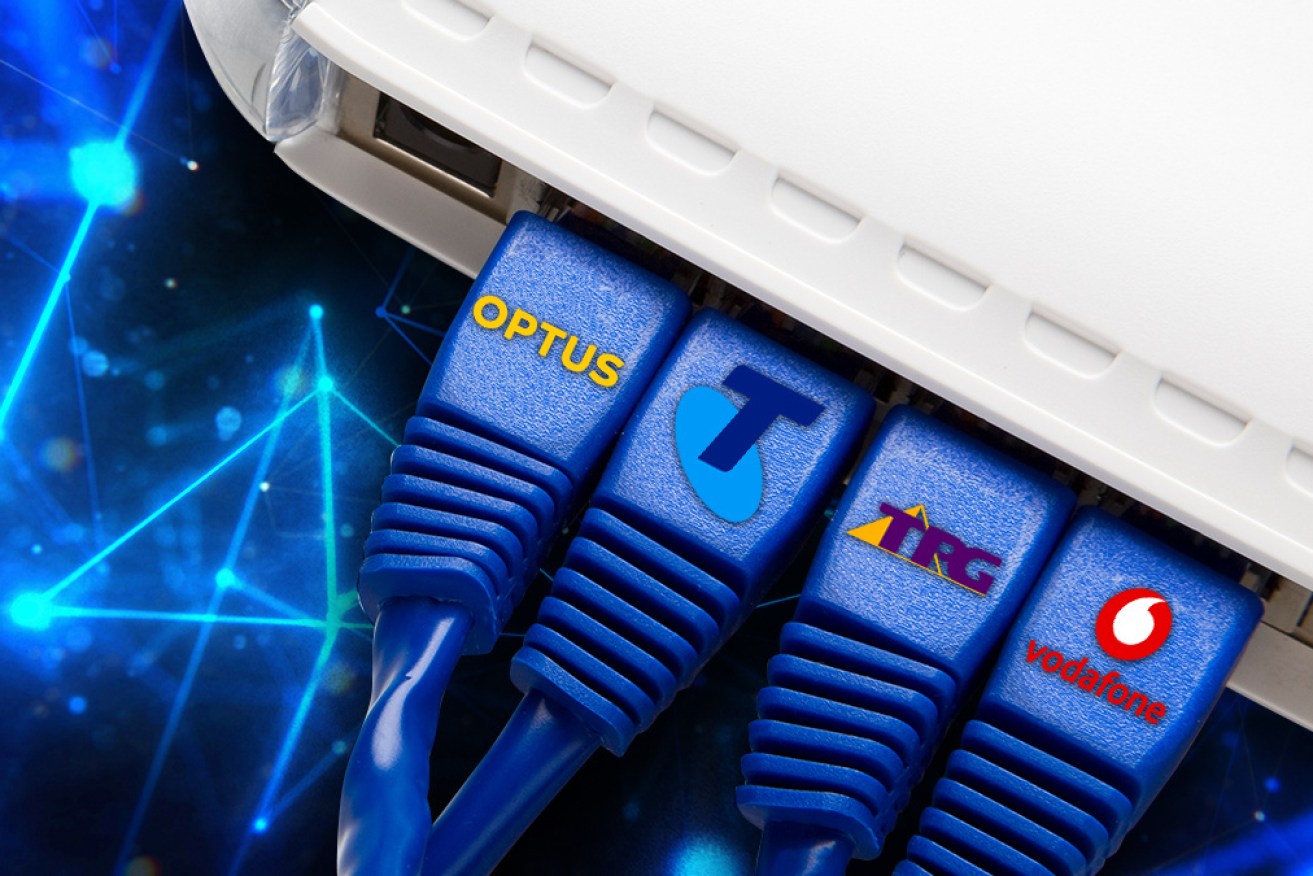Australia ranks last in affordable broadband


The NBN was meant to make broadband faster, more accessible and affordable for all consumers. Photo: The New Daily
Australia is coming last in affordability rankings for entry-level broadband services.
Of developed (OECD) nations, Australia is at 36th. Japan is first, US 6th, UK 7th, New Zealand 21st.
The rankings, compiled by the Commonwealth Parliamentary Library from available international data at the request of shadow communications minister Michelle Rowland, follow recent alarm about Australia’s broadband affordability expressed by the chairman of the Australian Competition and Consumer Commission, Mr Rod Sims.
In Australia the entry-level price for a 12 megabits per second broadband service is between $40 to $45 a month.
Mr Sims told an industry forum in April the cost of accessing the National Broadband Network to supply a 12Mbps service had increased substantially and was now “amazingly, close to the cost to supply a 50Mbps service”.
He called on NBN and its retail service providers to set the same price point for entry level NBN broadband to existing ADSL telephone line broadband. “This is only fair to consumers because they have no choice but to move to the NBN as their existing services are being withdrawn”.
The very purpose of building the NBN was to make broadband faster, more accessible and affordable for all consumers.
“We were never meant to get to a situation where some consumers, in switching to the NBN, will be left worse off by paying more, or getting less”.
This was now a fundamental question of fairness.
Ms Rowland said in a statement that an Infrastructure Australia audit had found that the technology mix in this country’s broadband services was delivering varied outcomes depending on the types of connections – fibre to the premises, node, kerb or pay TV cable – with some shouldering higher costs or receiving lower quality services.
“Ensuring that entry-level broadband prices are affordable should be a priority,” she said.
Mr Sims told the industry in April that NBN pricing was no longer being set with reference to existing ADSL networks. “This was always a key requirement if the NBN was to promote competition and encourage efficient use and investment in broadband markets’” he said.
NBN Co has still to answer these complaints about entry level affordability.
But its latest financial report could indicate that any entry level pricing “unfairness” may be provoking many consumers to accept having to pay more.

August 2019, compiled by Parliamentary Library
Source: Point Topic data, Communications Day Newsletter, page 3, 8
In its latest financial report to June 30 NBN Co CEO Stephen Rue said average revenue per user was up $2 to $46 year-on-year as 1.5million more premises (to 5.53 million) had connected to the NBN.
The number of customers subscribed to wholesale speed tier plans of 50Mbps or above had grown to more than 64 per cent. “Today, approximately 80 per cent of new customers are subscribing to wholesale speed tiers of 50 Mbps or above and thousands of customers each week are upgrading from lower wholesale speed tiers to 50 Mbps or above,” Mr Rue said.
Mr Rue acknowledged that NBN had “more work to do” to improve the experience of customers and promptly resolving technical problems.
Now with 10,047,456 premises “ready to connect” with full rollout scheduled for completion by June next year, NBN Co’s total revenue was $2.83billion, and, according to Mr Rue, NBN Co was now on the way to being cash flow positive.








